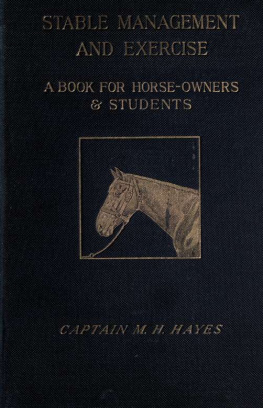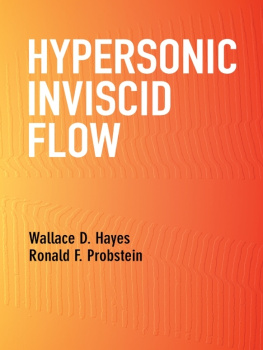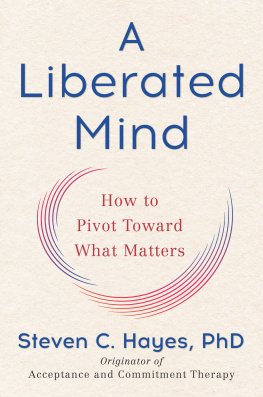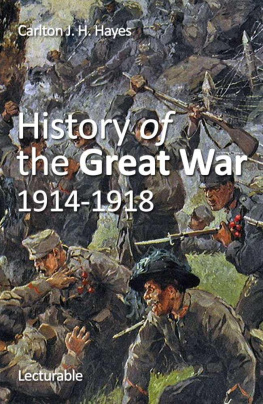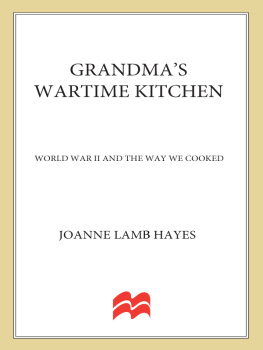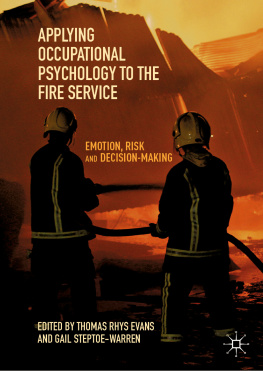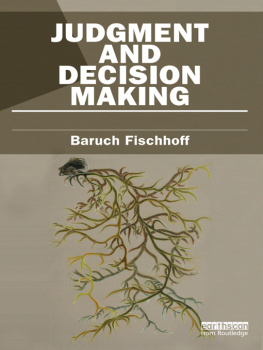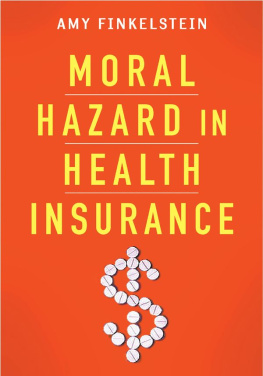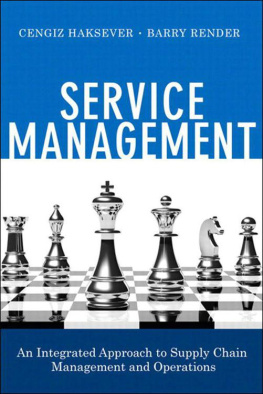OPERATIONAL DECISION-MAKING IN HIGH-HAZARD ORGANIZATIONS
Operational Decision-making in High-hazard Organizations
Drawing a Line in the Sand
JAN HAYES
Australian National University, Australia
ASHGATE
Jan Hayes 2013
All rights reserved. No part of this publication may be reproduced, stored in a retrieval system or transmitted in any form or by any means, electronic, mechanical, photocopying, recording or otherwise without the prior permission of the publisher.
Jan Hayes has asserted her right under the Copyright, Designs and Patents Act, 1988, to be identified as the author of this work.
Published by
Ashgate Publishing Limited
Wey Court East
Union Road
Farnham
Surrey, GU9 7PT
England
Ashgate Publishing Company
110 Cherry Street
Suite 3-1
Burlington, VT 05401-3818
USA
www.ashgate.com
British Library Cataloguing in Publication Data
Hayes, Jan.
Operational decision-making in high-hazard organizations : drawing a line in the sand.
1. Industrial safety--Management. 2. Hazardous occupations--Decision making. 3. Chemical plants--Safety measures--Decision making. 4. Nuclear power plants-
Safety measures--Decision making. 5. Air traffic control-
Safety measures--Decision making.
I. Title
363.11-dc23
ISBN: 978-1-4094-2384-3 (hbk)
ISBN: 978-1-4094-2385-0 (ebk-PDF)
ISBN: 978-1-4094-7412-8 (ebk-ePUB)
Library of Congress Cataloging-in-Publication Data
Hayes, Jan.
Operational decision-making in high-hazard organizations : drawing a line in the sand / by Jan Hayes.
p. cm.
Includes index.
ISBN 978-1-4094-2384-3 (hardback) -- ISBN 978-1-4094-2385-0 (ebook) -- ISBN 978-1-4094-7412-8 (epub) 1. Supervisors, Industrial--Decision making. 2. Industrial safety--Decision making. 3. Industrial safety--Risk assesment. I. Title.
T55.25.H39 2013
658.403--dc23
2012039402
Contents
List of Figures
List of Tables
List of Stories
List of Abbreviations
ALARP | as low as reasonably practicable |
ANSP | air navigation service provider |
ATC | air traffic control |
ATSB | Australian Transport Safety Bureau |
BPR | business process re-engineering |
CASA | Civil Aviation Safety Authority |
CCPS | Center for Chemical Process Safety |
CEGB | Central Electricity Generating Board |
CTA | cognitive task analysis |
DAP | duly authorised person |
GBE | government business enterprise |
HRO | high reliability organization |
HRT | high reliability theory |
HSE | UK Health and Safety Executive |
IAEA | International Atomic Energy Agency |
ICAO | International Civil Aviation Organization |
INES | International Nuclear Event Scale |
MATS | Manual of Air Traffic Services |
MHF | major hazard facility |
MOS | Manual of Standards |
NASA | National Aeronautical and Space Administration |
NAT | normal accident theory |
NDM | naturalistic decision making |
OD | Operations Director |
OECD | Organization for Economic Co-operation and Development |
OEF | operational experience feedback |
OHS | occupational health and safety |
PDCA | plan-do-check-act |
PRA | probabilistic risk assessment |
QA | quality assurance |
QC | quality control |
QRA | quantitative risk assessment |
RE | resilience engineering |
RPD | recognition-primed decision |
SRT | system restoration time |
SS | Systems Supervisor |
UK | United Kingdom |
US | United States of America |
WANO | World Association of Nuclear Operators |
Foreword
Andrew Hopkins
Emeritus Professor of Sociology, Australian National University, Canberra
Safety science is multidisciplinary, but there are few of us working in this field who can claim to be proficient in more than one of the contributing disciplines. Jan Hayes is someone who can. She is both a qualified and experienced engineer and a qualified and experienced sociologist. This is what makes her work so valuable. She writes here about the thought processes of technical professionals with the sensitivity and clarity that comes from her mastery of these two foundation disciplines.
This book is an enormously valuable addition to the literature on high reliability organizations (HROs). Jan interviewed experienced shift managers an influential, yet previously little studied group. Her book examines how they go about making decisions, in particular decisions to shut down or modify a process when the level of risk has increased. She shows that where there are applicable rules, they are guided by these rules. In the many situations in which there are no rules they draw on their own long experience. Interestingly, they often formulate this experience as informal rules of thumb about when and how to take action. She shows, too, that they tend not to think in terms of a continuum of risk but rather in more dichotomous terms safe or unsafe, depending on whether or not all the required hazard control barriers are in place.
The organizations studied in the original HRO research were all identified, making it difficult for the investigators to make critical remarks about them. Perhaps that is why those organizations are portrayed in such glowing terms. In contrast, Jan has tried to provide a more balanced account of the HROs she studied. This was relatively easy in the case of the two anonymous organizations, but the identity of a third organization could not be disguised, and that organization is to be commended for having raised no objection to the publication of the findings.
My own work on major industrial accidents has shown that the path to disaster is paved with poor decision-making. It is refreshing to read a book that examines decision-making processes that protect organizations from disaster.
I was the principal supervisor for the thesis on which this book is based. Jim Reason, of Swiss cheese fame, was one of the examiners. He had this to say: I would rate this doctoral thesis as being among the best I have examined during my academic career.
Preface
This book is based on the view that safety decision-making by operational managers in high-hazard organizations is fundamentally impacted by their experience and judgement. These factors impact directly on the sense that these people make of the situations that develop in their workplaces in the cases described here a nuclear power station, a chemical plant and an air traffic control operations room. Readers will see that stories provide a way for operational managers to share that knowledge, experience and expertise with each other and with us in this book.
Next page

